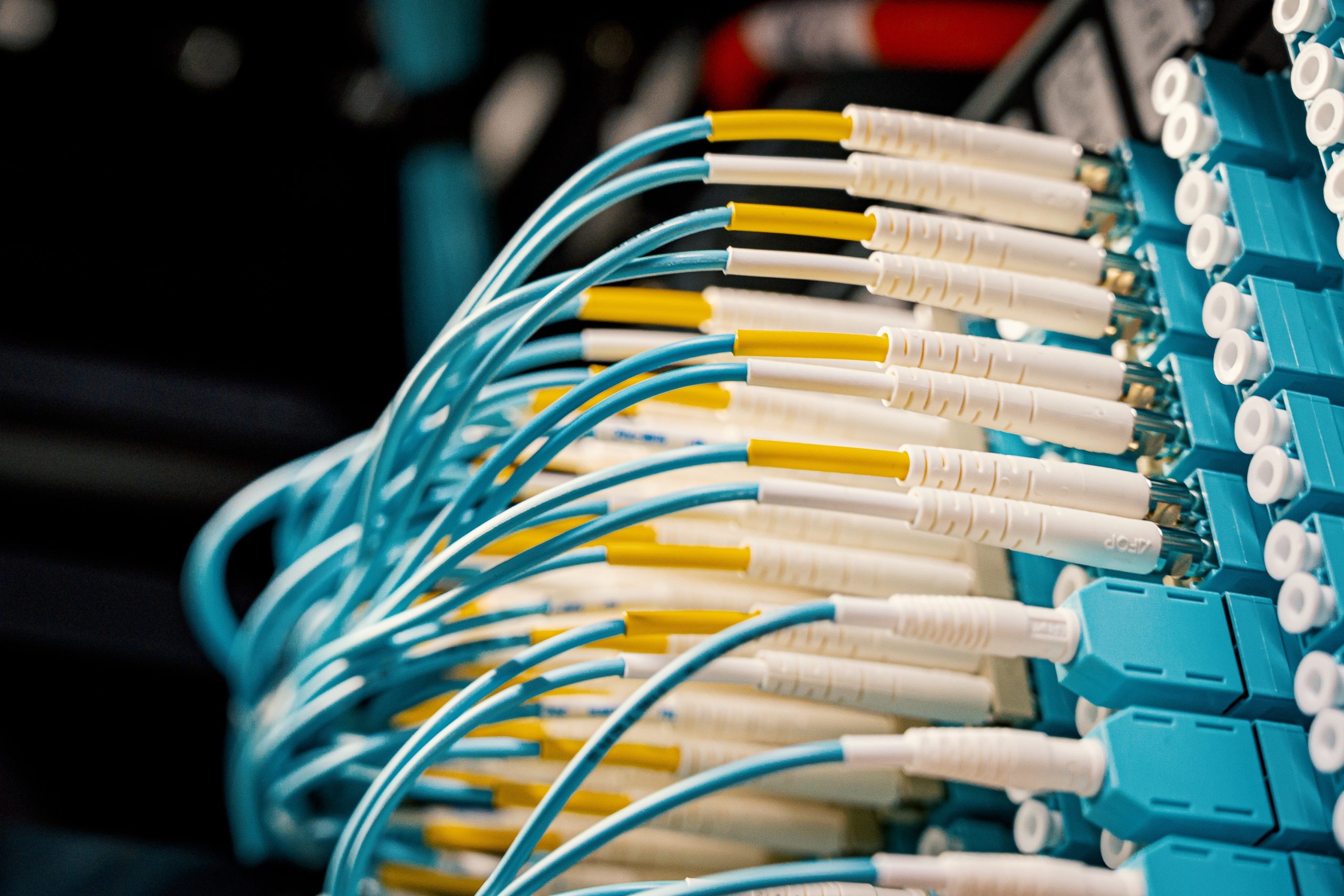When most people think of safety in fiber optic installations, they often have an image of a laser passing through cables with the power to burn holes in metal. That’s not the type of laser that sends information through fiber optics, but there are several key safety issues to be mindful of when installing fiber-optic communications, including eye safety. Here are five types of safety to remember when you work with fiber optics.
1. Eye Safety
Optical sources used in fiber optics are of much lower power levels than used for laser surgery or cutting materials. Still, it’s not a good idea to look into a fiber unless you know nothing is being transmitted through it. Always check the fiber with a power meter before examining it.
The real issue of eye safety is getting fiber scraps into the eye during the termination and splicing process. These scraps are dangerous, and once they get in your eyes, they are difficult to flush out and will probably lead to a trip to the emergency room. Whenever you are working with fiber, wear safety glasses.
2. Bare Fiber Safety
Your eyes aren’t the only things needing protection around fiber optic pieces. Broken ends of fibers are extremely sharp and can easily penetrate your skin. Sometimes, you can remove these bits with a pair of tweezers and a magnifying glass, but most of the time, you have to wait to let them work themselves out, which can be painful.
Be careful to dispose of all fiber scraps properly. Consider using a piece of double-sided tape on or a dedicated container. And never eat or drink anywhere near the work area, as fiber scraps that hide in food or drink you swallow can embed themselves in your digestive system.
3. Materials Safety
The fiber optic installation process involves the use of chemical cleaners and adhesives, and the safety protocols you’d expect with such toxic materials apply here. Always work in well-ventilated areas, avoid skin contact as much as possible and stop using any chemicals that cause allergic reactions.
4. Fire Safety
Fusion splicers use an electric arc, so make sure no flammable gasses are contained in splicing workspaces. Don’t splice underground, where gasses can accumulate. And never, ever smoke around fiber optic work. Ashes contribute to dirt problems with fibers and increase the chance of explosions due to the presence of combustible substances.
5. Electrical Safety
Fiber cables are often installed around electrical cables, and while electricians are well-trained in electrical safety, some fiber optic installers are not, and fiber installers have been killed while working on aerial cables that contact high-voltage lines.
Are You Looking For A Fiber Optic Installer Opportunity?
TradeSTAR works with top employers with several offices across Texas for your convenience. If you’re on the hunt for a technician opportunity, contact our team today or browse our online job search portal.

